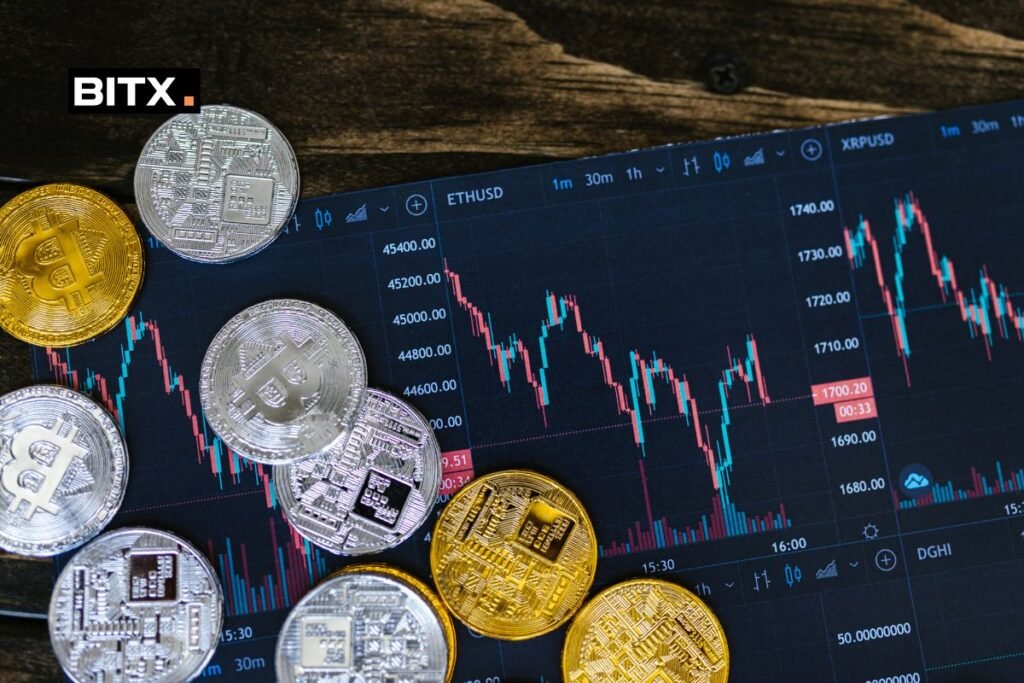Introduction
In the ever-evolving digital landscape, one technology has captured the world’s attention like no other – Bitcoin. Originally conceived as an experimental digital currency back in 2008, Bitcoin has since grown into a global phenomenon, disrupting traditional financial systems and paving the way for a new era of secure, fast, and decentralized payments.
Understanding Bitcoin
At its core, Bitcoin is a decentralized digital currency, without a central bank or single administrator. Transactions are verified by network nodes through cryptography and recorded in a public distributed ledger called the blockchain.
The Blockchain: The Backbone of Bitcoin
The blockchain is a distributed database that maintains a continuously growing list of records, called blocks, which are added to the chain in a chronological order. Each block contains a cryptographic hash of the previous block, a timestamp, and transaction data. This structure ensures the integrity and transparency of the entire network.
Security: The Bulwark of the Bitcoin Network
Security is of utmost importance in the world of Bitcoin. Transactions are secured by military-grade cryptography, ensuring that only the owner of a Bitcoin wallet can spend their Bitcoins. Additionally, the Bitcoin network has never been hacked, demonstrating its robustness and resilience.
Fast Transactions
Compared to traditional bank transfers, Bitcoin transactions are significantly faster. Transactions can be confirmed in as little as 10 minutes, and typically take no longer than an hour. This speed makes Bitcoin ideal for quick, crossed-border transactions, offering a radical improvement over the slower and often more expensive traditional methods.
Decentralization: Power to the People
One of the most revolutionary aspects of Bitcoin is its decentralized nature. There is no central authority controlling the Bitcoin network. Instead, it is governed by a network of users, nodes, and miners. This decentralization eliminates the need for intermediaries such as banks, reducing costs and increasing efficiency.
Bitcoin Mining
The process of creating new Bitcoins is known as mining. Miners use high-powered computers to solve complex mathematical problems, verifying transactions in the process. In return, they are rewarded with newly minted Bitcoins and transaction fees. This process is essential for maintaining the security and integrity of the Bitcoin network.
Bitcoin Wallets
To use Bitcoin, you need a digital wallet. Wallets can be software applications, hardware devices, or even paper wallets, which store the private keys necessary to access and spend your Bitcoins. Securing your wallet is crucial to protect your Bitcoins from theft.
The Future of Bitcoin Payments
The potential of Bitcoin as a medium of exchange is vast. As more businesses embrace the technology, we can expect to see a greater adoption of Bitcoin payments, offering a faster, more secure, and more efficient alternative to traditional methods. While challenges remain, particularly in terms of scalability and regulation, the prospects for Bitcoin’s future are undeniably exciting.
Conclusion
In conclusion, Bitcoin offers a secure, fast, and decentralized solution to the problem of global payments. Despite its volatility and controversies, the technology underpinning Bitcoin has the potential to revolutionize the financial world, offering new possibilities for individuals, businesses, and economies worldwide. Whether you are a seasoned Bitcoin user or a curious onlooker, the world of Bitcoin promises to be an exciting and transformative space in the years to come.
